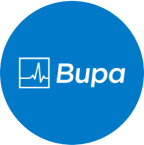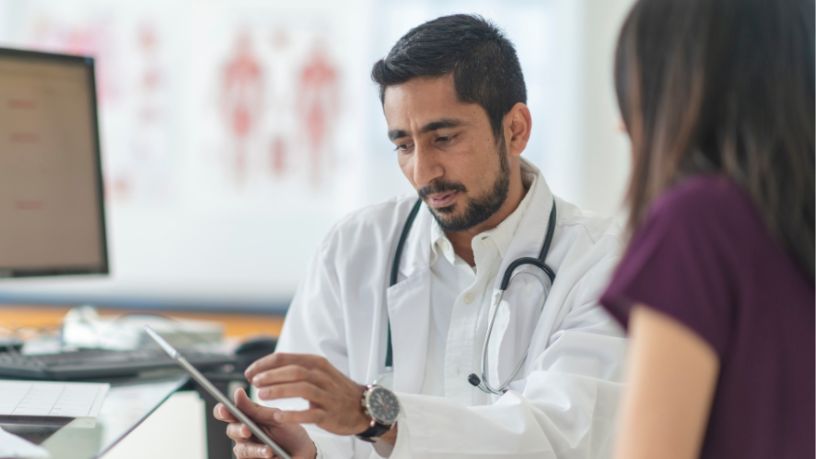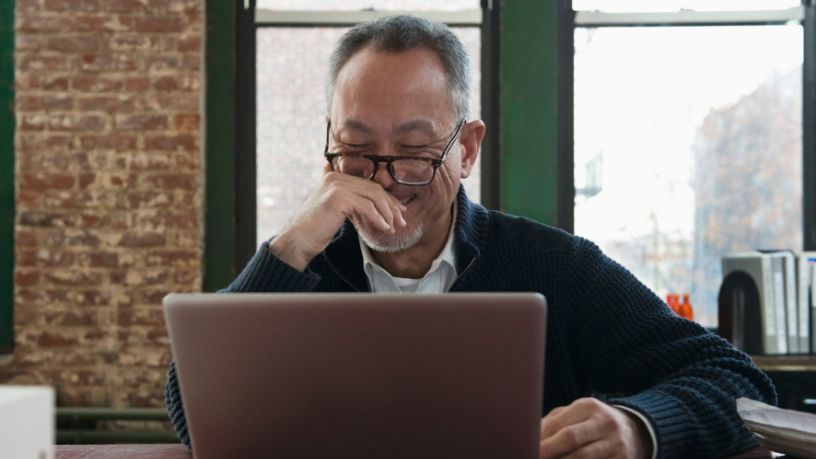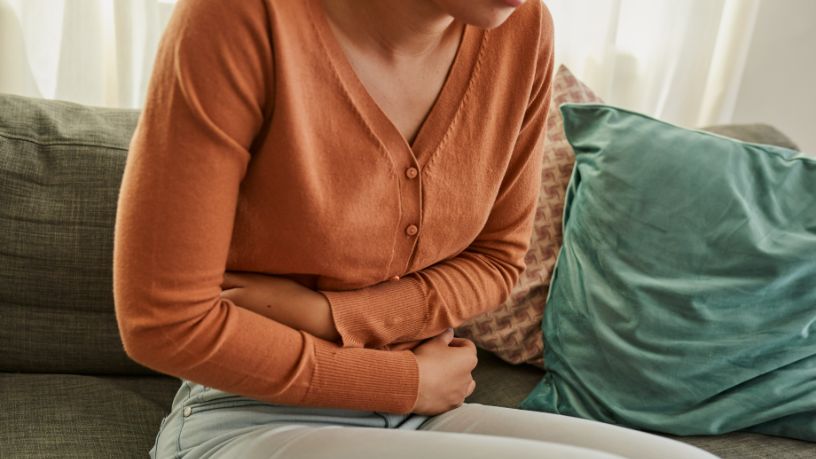A gastroscopy is a quick and safe procedure.
On this page
Key takeaways
It is used to investigate symptoms relating to the oesophagus, stomach or small intestine.
There are usually no side-effects after a gastroscopy.
Having any medical procedure can be daunting, so it helps to know why you’re having a gastroscopy and what the procedure involves.
Dr Paul Urquhart, Gastroenterologist, Epworth Eastern, says a gastroscopy is a safe, painless and quick procedure.
“It’s done with the patient completely asleep and comfortable,” he says. “It is a procedure where a thin flexible camera (endoscope) is passed down through the mouth into the stomach. Once there, the organs are carefully inspected, photos taken and sometimes tiny tissue samples (biopsies) are collected.”
During the procedure, the doctor views the images transmitted to a monitor by the endoscope, which is fitted with a light and video camera.
Who needs a gastroscopy?
Dr Urquhart says there are 2 main groups of people who have gastroscopies. The first group involves investigating symptoms the patient may experience, such as indigestion, nausea or difficulty with swallowing. The second is to screen people who have an increased risk of cancer.
A gastroscopy may be necessary at any age. “This includes young children and adolescents, right through to the elderly,” Dr Urquhart says.
“Symptoms, often relating to eating and drinking, are the main reason we do gastroscopies.”
These may include heartburn/reflux, pain or bloating after eating, weight loss, problems swallowing or low iron levels.
“If there is a family history of cancer, some patients may be advised to have a gastroscopy, even though they're completely well,” Dr Urquhart adds. “This preventative screening is done to assess for pre-cancerous changes that need to be treated or watched.”
Going to hospital
Be informed. Read the 'going to hospital guide' before selecting your hospital.
How do I prepare for a gastroscopy?
“A gastroscopy is a relatively straightforward procedure”, Dr Urquhart says. “Generally speaking, the only preparation you need to do is to eat nothing for 6 hours before the procedure.”
“I suggest patients have had something to eat and drink leading up to that 6-hour window so they’re well hydrated.”
Patients who are taking diabetic or blood-thinning medications need to discuss these with their doctor before having the procedure, as some may need to be withheld.
What to expect during and after the procedure
Patients should plan on being in hospital for approximately 3 hours, although Dr Urquhart says the gastroscopy itself only takes 10 to 15 minutes.
Although patients are comfortable and asleep, Dr Urquhart often finds he needs to provide reassurance about a common concern patients have around their physical reaction to the procedure.
“Some people say to me, ‘I'm worried because I've got such a strong gag reflex and I'm not sure how I'll tolerate it’,” he says. “My response is to reassure them that it’s not an issue because an anaesthetist is always present, and will put them completely asleep, so the gag reflex is no longer active.”
He also reassures patients about side-effects, noting that generally speaking, “patients should wake up feeling normal”.
“Possible side effects could include a mild sore throat or abdominal discomfort, but they are uncommon, and I would expect them to be mild and short-lived,” Dr Urquhart says.
You will need to have someone drive you home after the procedure.
Are there risks involved?
There are risks involved with any medical procedure, but Dr Urquhart says these are uncommon with gastroscopies.
“The anaesthetist will discuss any risks with the patient, which are to do with their breathing and their heart and the medications given during an anaesthetic,” he says. “The main procedural risks are bleeding or a tear to the oesophagus or stomach.”
These are more likely to occur if the gastroscopy involves removing polyps or performing a dilatation.
“These risks are very uncommon, an incidence of much less than one in a thousand,” Dr Urquhart says. "It is a very safe procedure."
Always contact your doctor or the hospital if you have any concerns or symptoms that you’re worried about, such as difficulty swallowing, fever or continuing pain in your throat, chest or stomach.
Resources
Look at the Gastroenterologist Society of Australia’s patient resources for information about bowel cancer prevention, colonoscopies, gastroscopies and more.
This article was originally published on bupa.co.uk and has been amended in line with Australian guidelines.

At Bupa, trust is everything
Our health and wellbeing information is regularly reviewed and maintained by a team of healthcare experts, to ensure its relevancy and accuracy. Everyone's health journey is unique and health outcomes vary from person to person.
This content is not a replacement for personalised and specific medical, healthcare, or other professional advice. If you have concerns about your health, see your doctor or other health professional.
You might also like...
Gastroscopy (endoscopy)
Gastroscopy is a procedure that allows a doctor to look inside your oesophagus, stomach and part of your small intestine. Find out how it works.
Colonoscopy
A colonoscopy is performed to investigate symptoms that affect your bowel. So, how does it work, and what should you expect if you’re having one?
How the gut microbiome affects IBS and IBD
You gut contains trillions of microorganisms known as a 'microbiome’. Find out how yours may be affecting your IBS or IBD.
Irritable bowel syndrome (IBS): The basics
IBS is a gut disorder that can include symptoms like diarrhoea, bloating and abdominal pain. Find out about the symptoms and how you can get diagnosed.





